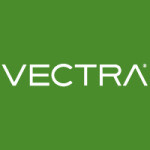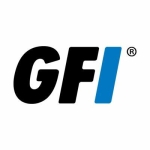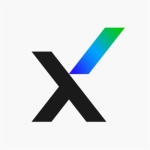What is our primary use case?
Intrusion prevention and detection are the most valuable pillars in the security system, which detects and prevents exploits or weaknesses in vulnerable systems or in applications and protect against threats not only based on signatures but also based on anomalies, behavioral analysis, etc.
IPS is already integrated and comes as a security license in Check Point NG Firewalls and NGTX Firewalls.
Every defense system must have a feature set that provides complete security for Network IPS and Check Point has very powerful high throughput - almost at terabyte speed - with the help of a hyper-scale approach.
How has it helped my organization?
Organizations can scan for vulnerabilities know as VAPT, which many prefer as one-step closure for maximum security for the entire network. Check Point IPS plays a leading role in patching those vulnerabilities based on CVE IDS.
Based on updates received from the Check Point Threat Cloud, CVE IDs get updated or we can manually add those signatures.
It helps organizations to get a complete report for vulnerabilities in applications, the host running in the network (which helps to fixed to vulnerabilities based on CVE IDs), and gives reports for the compromised host, C&C host, DNS tunneling attempts, and protects against vulnerability in SNMTP HTTP POP, etc.
What is most valuable?
There's a good out-of-the-box configuration for recommended security based on severity levels, confidence levels, and network impact - also known as an IPS Profile.
For better security, we can edit options based on requirements and we can keep actions as detect-only which gives us alerts but allows traffic to flow without stopping anything.
There's an automatic update after every 2 hours which makes sure that the database is up to date and providing zero-day vulnerability protection.
Check Point IPS provides reports for running vulnerabilities which help enable SOC teams to respond to the highest-priority events first to patch them.
What needs improvement?
After the R80 release, there are almost all feature sets available under IPS Configuration. However, further to this, adding a direct vulnerability scan based on ports and protocol for every zone (LAN, DMZ, or Outside) will make Check Point very different compared to other vendors on the market.
Most customers take an IPS license but they don't take a SmartEvent license and when this happens, they will not be aware of the report parts such as current threats in the network open ports/protocol, vulnerabilities in a system, or detected/prevented attacks. For such cases, Check Point should provide a bundled license with IPS.
For how long have I used the solution?
I've been using the solution for more than four years.
What do I think about the stability of the solution?
The solution is highly stable for this particular blade.
What do I think about the scalability of the solution?
Scalability can depend on throughput and if we use Maestro Hyperscale, we can distribute load across multiple Check Point Firewalls to get the maximum (in TPS) throughput.
How are customer service and technical support?
Most of the time there is no need to take support for this, but the CVE closure technical support team helps lot.
Which solution did I use previously and why did I switch?
Customers may have had different NGFW solutions, however, after, they migrated over to Check Point NGFW.
How was the initial setup?
The installation was straightforward in terms of configuration and onboarding.
What about the implementation team?
We are service providers and provide services to customers.
What was our ROI?
Attacks are getting prevented and detected based on severity which helps our organization to get rid of compromising attacks.
What's my experience with pricing, setup cost, and licensing?
Check Point IPS license is a must-have, and users need to make sure the database gets updated on daily basis after every 2 hours as per the defined configuration (which helps to get maximum protection).
The configuration is very simple and effective if you refer to the configuration guide properly.
Which other solutions did I evaluate?
We did not look at any other solution.
What other advice do I have?
The solution is best in class.
Which deployment model are you using for this solution?
On-premises
Disclosure: I am a real user, and this review is based on my own experience and opinions.














